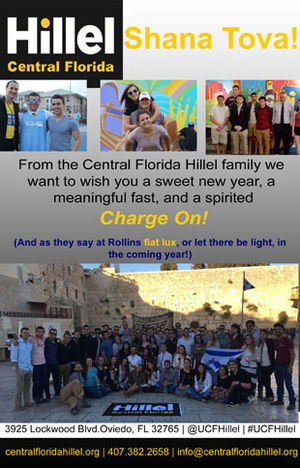70 years later, recalling the liberation of Bergen-Belsen
On April 15, 1945, the British Second Army entered Bergen-Belsen. One week later, prisoners in the concentration camp beat Rachel Genuth (my mother) until she lost consciousness. The 15-year-old had managed throughout the war to evade punishment at the hand of a Nazi officer or kapo. Now, after the liberation, while blows fell on her, she thought, “We who survived will never be human again.”
In the winter and spring of 1945, Bergen-Belsen, in northwest Germany, had morphed into the largest repository for inmates shunted from the east, away from Allied forces. In this massive camp complex, Jews who had escaped the crematoria of Auschwitz and survived slave labor camps and death marches met a new Nazi version of hell.
Rachel arrived in mid-March, a month that saw the deaths of more than 18,000 inmates, including Anne Frank. Together with other lice-infested and starved young women, she encountered thousands of men so emaciated that their ribs could be counted; it would have been impossible to recognize one’s father or brother among them. Rachel soon became inured to the sight of skeletal beings collapsing, people relieving themselves wherever, corpses being thrown onto open trucks. She existed in an overcrowded hut, without sanitary facilities and with practically nothing to eat. She contracted tuberculosis. Her childhood friend died in a typhoid delirium in her arms. These diseases were spreading like wildfire. On April 10, the SS stopped distributing food and water. No rotten turnip soup. No bread. Nothing. Rachel heard that the dying inmates of Bergen-Belsen were about to be served bread laced with crushed glass.
But there was no last ration. There was no bomb explosion to kill them all.

On April 12, German officials approached an outpost of the British Second Army’s 8th Corps. They asked for a truce. The battlefront was near, Bergen-Belsen would be discovered, and health issues—should sick survivors wander into the German countryside—were “a matter of international concern.” The British agreed to a no-fire zone around the camp, and to treat and contain an ostensible 1,500 typhus cases. They agreed to escort the camp’s Wehrmacht and SS officers to the front lines, leaving 120 administrative SS to remain in the camp during the handover.
Meanwhile, in Bergen-Belsen, the SS tried to hide evidence of their crimes. They burned documents. They ordered inmates who could still walk to drag the dead to a mass grave. Forced to join the “burial parade,” Rachel and her 17-year-old sister Elisabeth pulled corpses by their ankles to a pit at the end of the camp’s swampy road. Under the threat of overseers’ whips, the slaves began their work at 6 a.m. and continued until dusk. The clean-up attempt lasted three days; famished inmates moved slowly and many died on the job.

On the sunny and warm Sunday that soldiers of the Second Army’s 63rd Anti-Tank Regiment entered Bergen-Belsen, they found 60,000 tortured souls. They counted more than 13,000 unburied dead in all states of decomposition. They vomited. They cursed. They suffered psychosomatic symptoms, such as severe headaches and paralysis. Had they not seen such wretchedness with their own eyes, they never would have believed it possible.

The “liberators” called Camp One—with 41,000 prisoners and piles of corpses—the “Horror Camp.” Languishing in the large compound of Camp One’s female section, Rachel had the advantage of a resting place against the wall and near the door of her fetid hut. Like most other Camp One inmates, she was too weak to rise and greet her saviors.
On April 16, the 63rd Anti-Tank Regiment brought in and distributed food and water, a task fraught with challenges. More than 2,000 died after eating meals too heavy for their shriveled intestines. With some nourishment, Rachel revived enough to forage. She found the cookhouses bare. While the British mobilized resources, they left Nazi-allied Hungarians in charge. Perched in high posts, these guards shot inmates who ran to mounds of potatoes. Darting toward buried spuds, Rachel saw another daring girl collapse, her leg pierced by a bullet.
On April 18, the Second Army’s 11th Lightfield Ambulance pitched tents for ambulatory inmates; by reducing numbers in the huts, they could better reach those too sick to line up for food. Rachel, Elisabeth, and three sisters from their hometown shared one tent. Each evening one of them was responsible for closing the tent’s flap door. After three nights, it was Rachel’s turn. Too weak to perform her duty, she had to crawl the short distance back to the hut. When she tried to reclaim her spot against the wall, the women occupying it attacked her. She never blamed them. The SS created the conditions that had led to such untold depths.
Bernice Lerner, director of adult learning at Hebrew College, is author of “The Triumph of Wounded Souls: Seven Holocaust Survivors’ Lives.” She is working on a dual biography of her mother, Ruth Mermelstein (nee Rachel Genuth), from Sighet, Transylvania, and Brigadier H. L. Glyn Hughes, liberator of Bergen-Belsen.
This article was originally published by The Jewish Advocate of Boston.


Reader Comments(0)